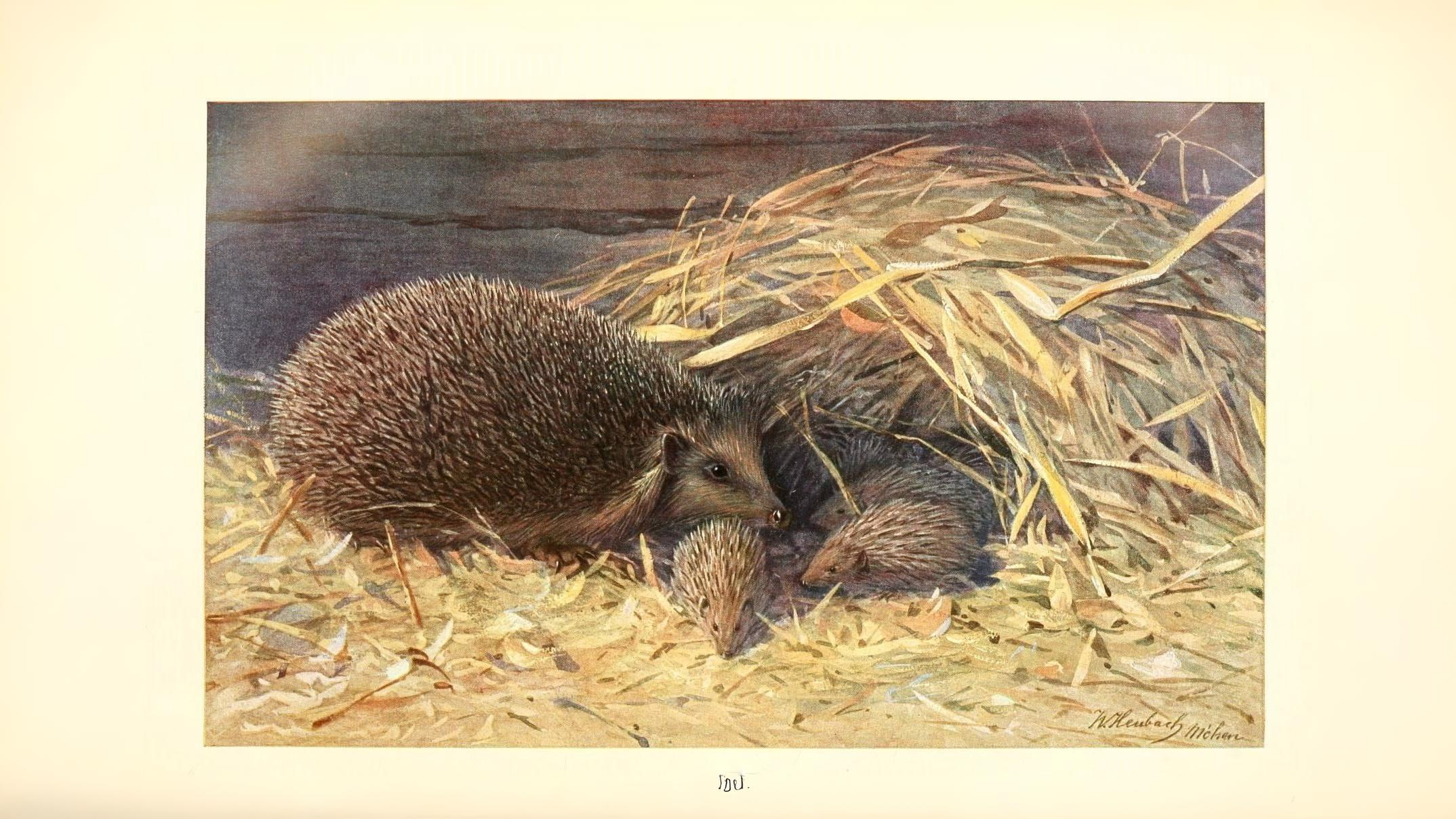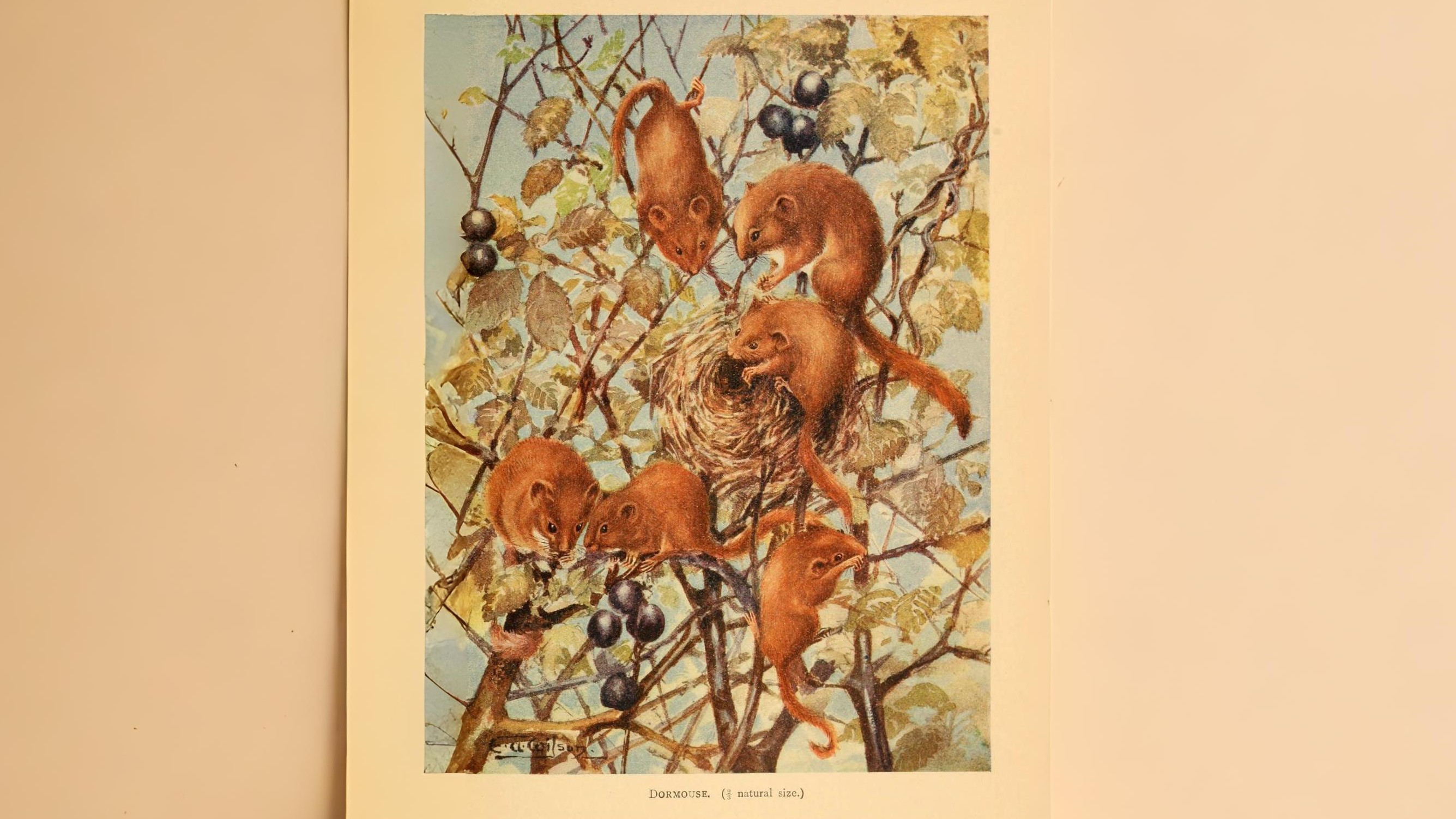Mark your calendars for June 21st—the summer solstice, when London basks in over 16 hours of sunlight! But the magic doesn’t stop there. As the city soaks up the sun, its wild inhabitants are bustling with life: hedgehogs snuffle through parks, moles emerge in rare shades, and young squirrels play under golden skies. Yet danger lurks—survival is a daily battle.
Return on June 21st to uncover the hidden dramas of London’s wildlife in our exclusive article. From sunbathing squirrels to stoat hunting parties, discover the city’s wild side at its peak.
The sun is now at its zenith. Being usually the least cloudy month of the year, there can be as much as five times more light on a June day than a day in the depths of winter. On this, the longest day, if it is cloudless as Londoners always hope, the sun may shine for sixteen hours and thirty-nine minutes. Nights without cloud around this date are among the most special of the whole year, as sometimes it never seems to get truly dark.
Some hedgehogs are still giving birth to between four and seven young. If disturbed at this time, the sow will not hesitate to eat her young. If she is disturbed when they are a little older, she prefers to move them to a new home. Most young hedgehogs are now already quite advanced and may possibly be seen in parks and golf courses in hot weather, where they find it easier to find earthworms. Once born, it takes three weeks for their spines to harden and then they will soon leave their mother for a solitary life.
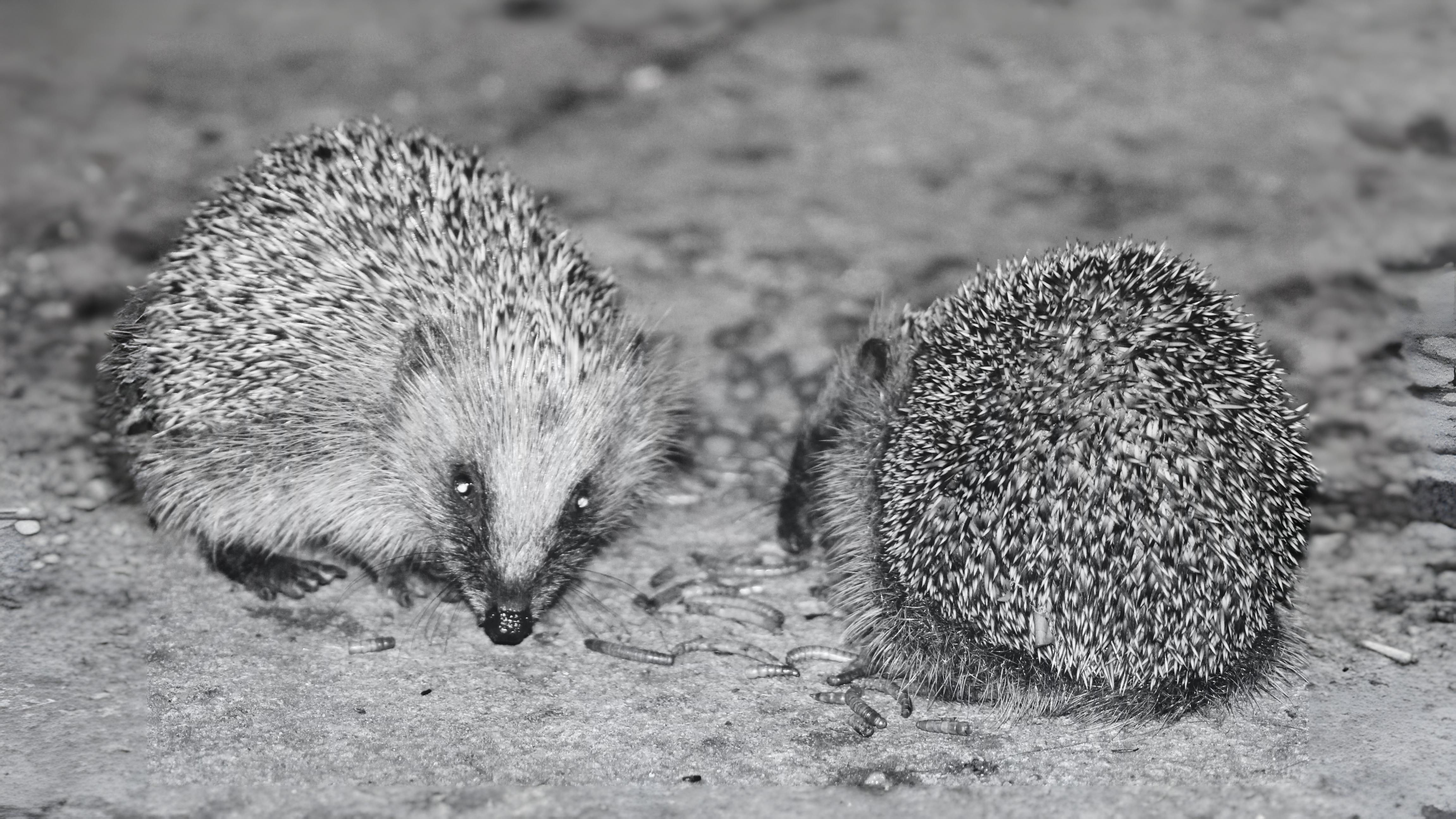
June is a dangerous time for them; foxes, badgers and even some dogs all know how to open a rolled-up hedgehog. This month they have fewer spines than adults and their muscles are weaker and so they provide easier prey. From the original litter, only one or two will survive. It is worth listening out for hedgehogs; adults grunt, cough and snort, whereas the young just squeak.
Moles are still giving birth to between two and seven young, although usually three or four. The young can be white, cream, cinnamon, piebald, apricot, pink, ash-coloured or silvery black. When first born their skin is pink, but then turns a slate-blue.
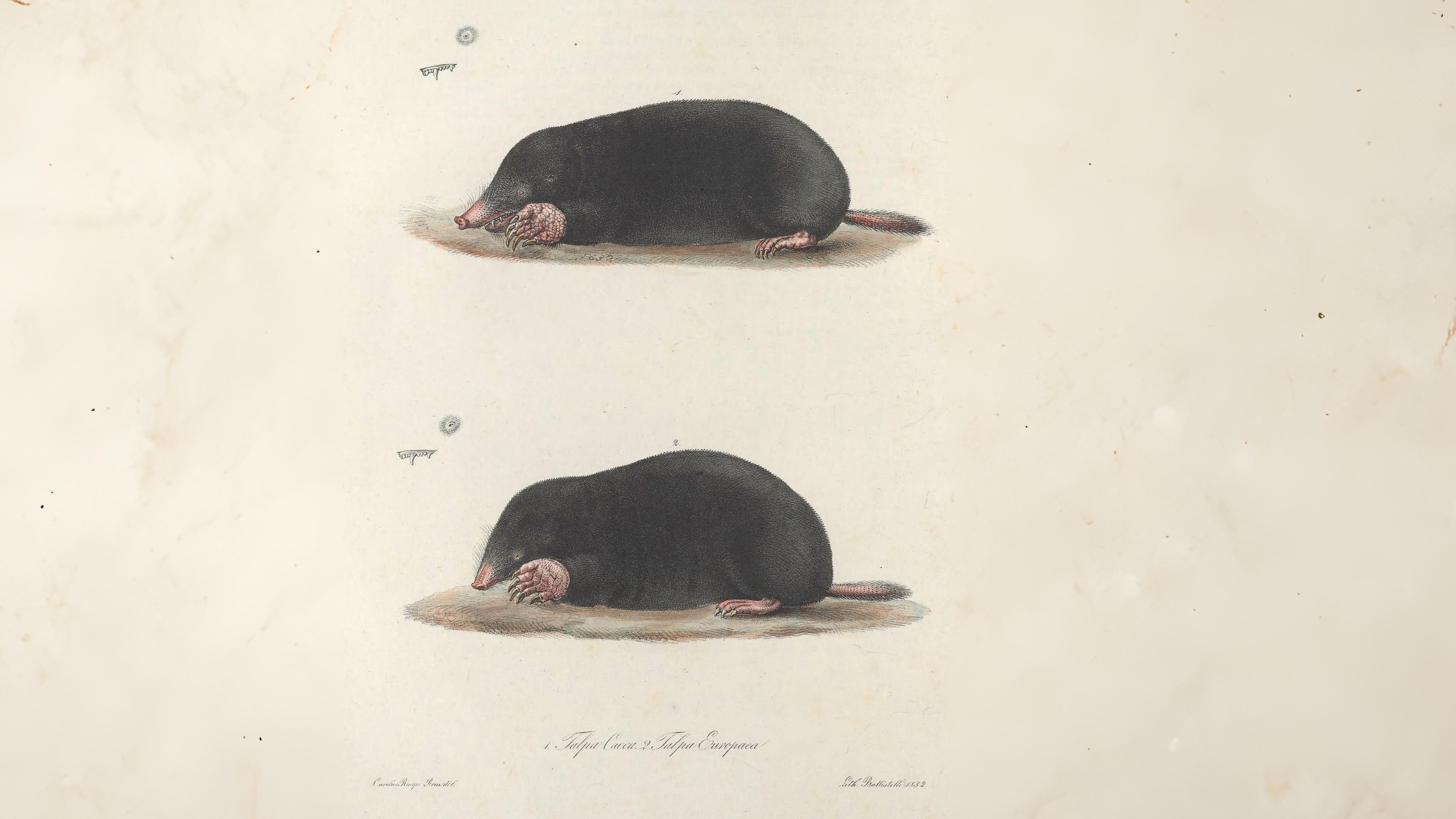
They are independent at six weeks and may well then be driven away by their mother. This explains why June is one of the best times to see them above ground. They can occasionally be found hiding in leaf litter or even wandering across the surface. Consequently, they are also highly vulnerable and half will die, mainly prey to owls at night. Even if they enter another tunnel system they are likely to be driven out. Once dead, the tunnels of a mole are usually taken over by rivals within twenty-four hours. Above ground, moles can sometimes be heard to squeak, but they can also purr.
Some grey squirrels may now be busily tending to their second litter, whilst others can often be seen sunbathing. Rabbits are also breeding again, busily digging new stops and camouflaging their entrances. Young rabbits behaving badly is a common sight providing easy prey for their enemies. Young weasels, which are a little darker than their parents, are now following them and at such times can sometimes be heard to whimper and occasionally hiss. The dogs are a shade larger than the bitches and both will be fully grown next month. Stoats are famous for their family hunting parties and this is another month where this could possibly be seen. Whilst hunting, the adults bark and the young can be heard chattering and occasionally making an odd crowing call.
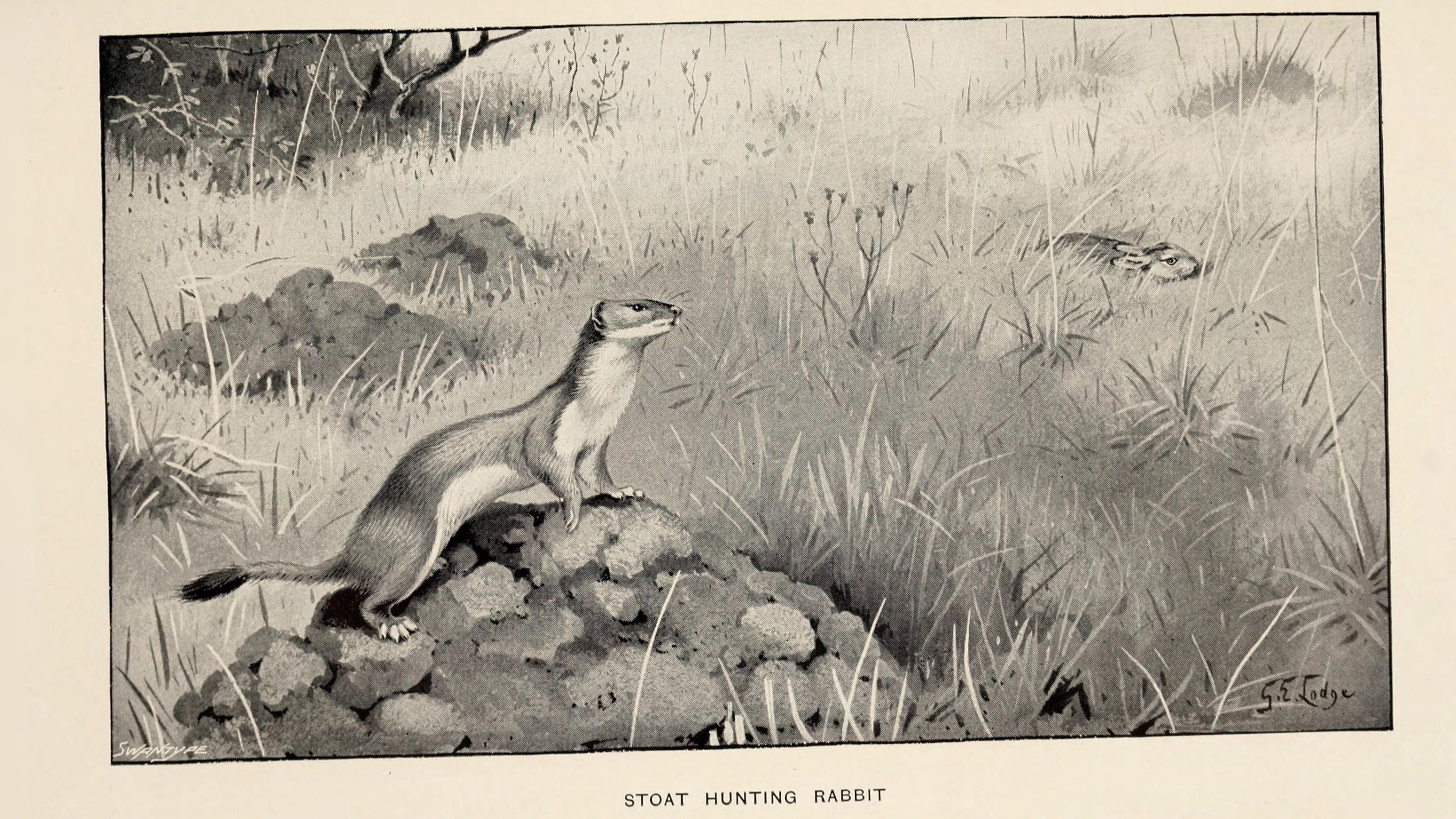
All our rodents are now busily feeding their young or building nests. Young brown rats are slightly smaller and paler than their parents. They are not as wary, and can often be seen feeding even in daylight. Any black rats, which were occasionally seen around docks in the past, can be identified not just by their colour but also by their large eyes, hairless ears and guard hairs that project from their normal fur. Dormice have at last given birth in breeding nests that are double the size of their daytime resting nests. Inside, there will be between two and four blind, naked young which quickly turn grey and develop reddish heads. Eventually, they will prefer to eat fruit and nuts, but for now they are quite content with a diet of insects, grubs or possibly even fledglings. Even this month they are said to sleep through thunderstorms.





